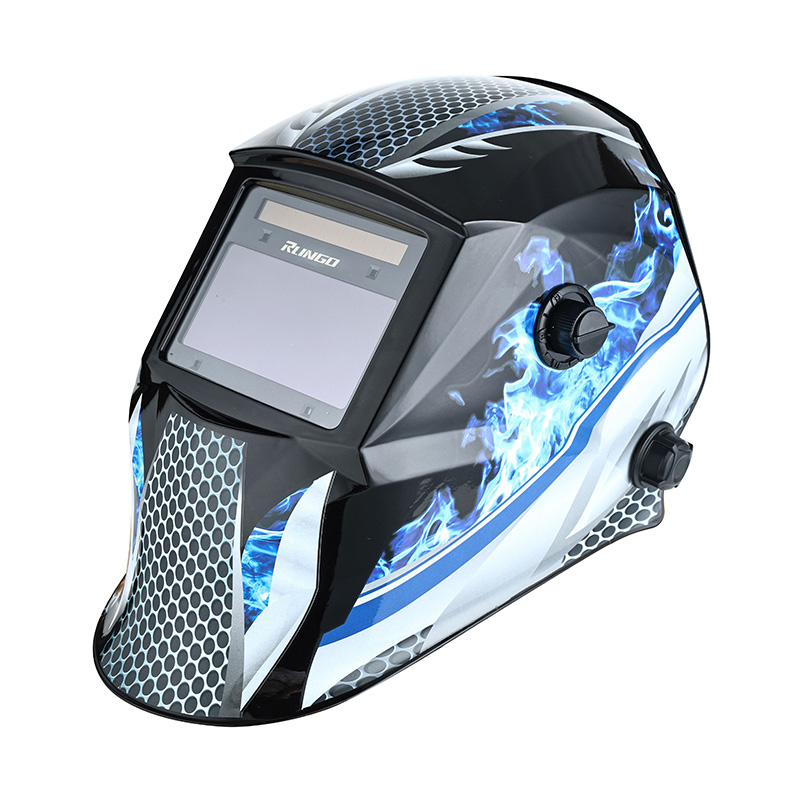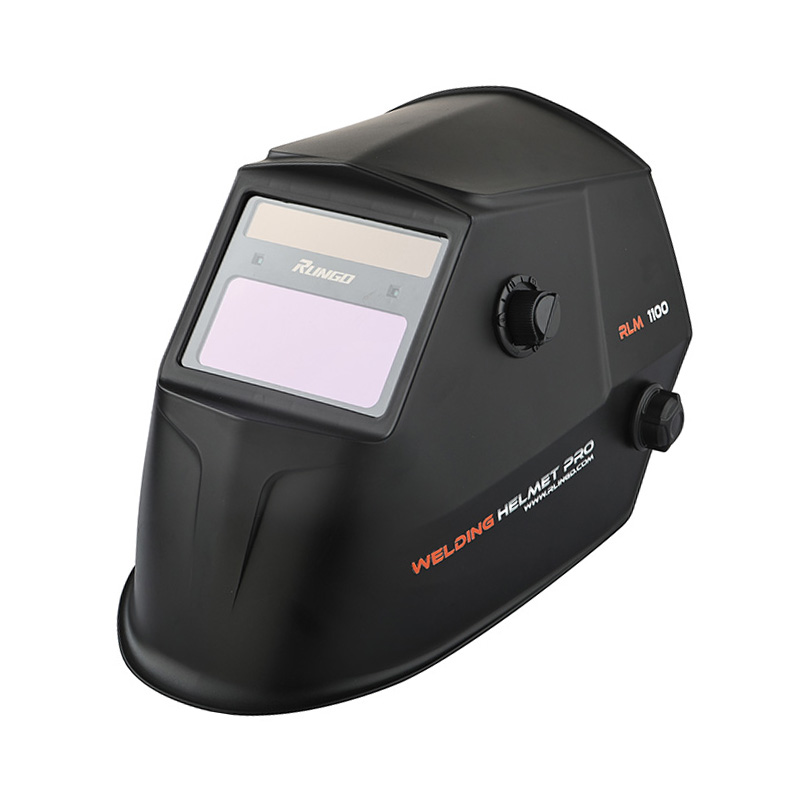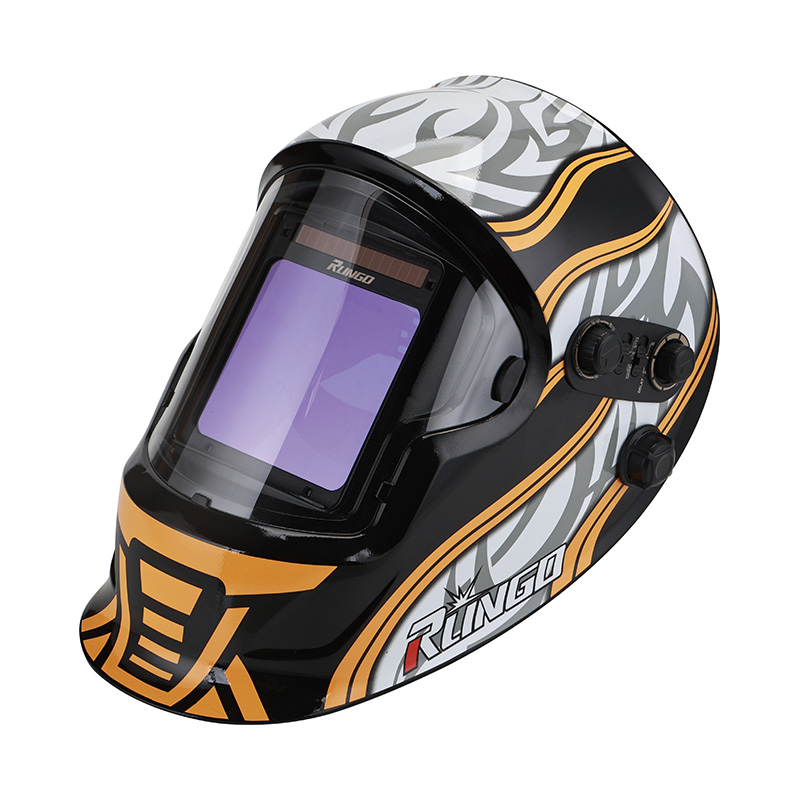Power Supply and Battery Life of Full Face Auto Darkening Welding Helmet
2025-10-17
Importance of Reliable Power
A Full Face Auto Darkening Welding Helmet relies on a stable power source to operate its auto-darkening features effectively. Most modern helmets use either batteries or a combination of batteries and solar power. The helmet’s power supply is crucial for maintaining consistent lens performance, responsiveness, and safety during welding operations. Understanding the battery or solar-assisted power longevity is essential for welders who require continuous protection over long periods.

Types of Power Supply
- Battery-Powered Helmets: These helmets typically use replaceable or rechargeable batteries, providing independent operation without reliance on ambient light. Battery-powered helmets are convenient but require regular monitoring and replacement to ensure uninterrupted functionality.
- Solar-Assisted Helmets: Solar panels on the helmet lens supplement battery power, extending overall life and reducing the frequency of battery replacement. These are especially useful in well-lit environments, offering a sustainable solution for prolonged use.
- Hybrid Systems: Some helmets combine rechargeable batteries with solar assistance, balancing reliability with convenience. The solar panels reduce battery drain, making these helmets suitable for heavy-duty or long-duration welding tasks.
Battery Life Considerations
- Capacity and Type: Lithium-ion batteries typically offer longer life and better recharge cycles compared to alkaline or NiMH alternatives. Battery choice directly impacts how long the helmet can operate between charges.
- Usage Patterns: Frequent use of auto darkening features, high sensitivity settings, or extended work hours can reduce effective battery life. Proper management and monitoring ensure the helmet remains operational when needed.
- Replacement and Recharge Cycles: Helmets with easily replaceable batteries allow quick swaps in the field, while rechargeable systems require careful charging practices to avoid reducing battery longevity over time.
Solar Assistance Benefits
- Extended Runtime: Solar panels harness ambient light, supplementing the battery and reducing the rate of discharge. This enables welders to use the helmet longer without battery replacement.
- Energy Efficiency: Solar-assisted systems improve overall energy efficiency, making the helmet environmentally friendly and cost-effective in the long run.
- Continuous Protection: Even in low-light conditions, the solar panels help maintain a charge, ensuring that the auto darkening feature remains functional in critical moments.
Factors Affecting Performance
- Ambient Light: Helmets with solar assistance perform better in brighter environments. Reduced light can limit the benefit of solar energy, making battery capacity crucial.
- Temperature Extremes: Very cold or hot conditions can affect battery performance and reduce runtime. Helmets designed with high-quality components are less prone to power fluctuations under such conditions.
- Maintenance: Keeping solar panels clean and replacing batteries promptly ensures the helmet maintains suitable performance and longevity.
Practices for Improving Power Life
- Monitor Battery Levels: Regularly check battery indicators to avoid unexpected power loss during welding.
- Proper Charging: Use recommended chargers and follow manufacturer guidelines to extend battery lifespan.
- Regular Maintenance: Clean solar panels and inspect battery contacts for corrosion or wear, ensuring consistent performance.
- Spare Batteries: Keep spare batteries available for long workdays or locations with limited charging options.
Ensuring Reliable Helmet Operation
The power supply of a Full Face Auto Darkening Welding Helmet, whether battery-operated, solar-assisted, or a hybrid system, is critical for safe and efficient welding. Understanding battery types, solar assistance benefits, and factors affecting performance helps welders maintain uninterrupted protection. By monitoring battery levels, following proper charging practices, and maintaining solar panels, welders can ensure the helmet performs reliably across long shifts, various lighting conditions, and diverse welding environments. Proper power management enhances both safety and productivity, making these helmets indispensable tools for professional welders.











